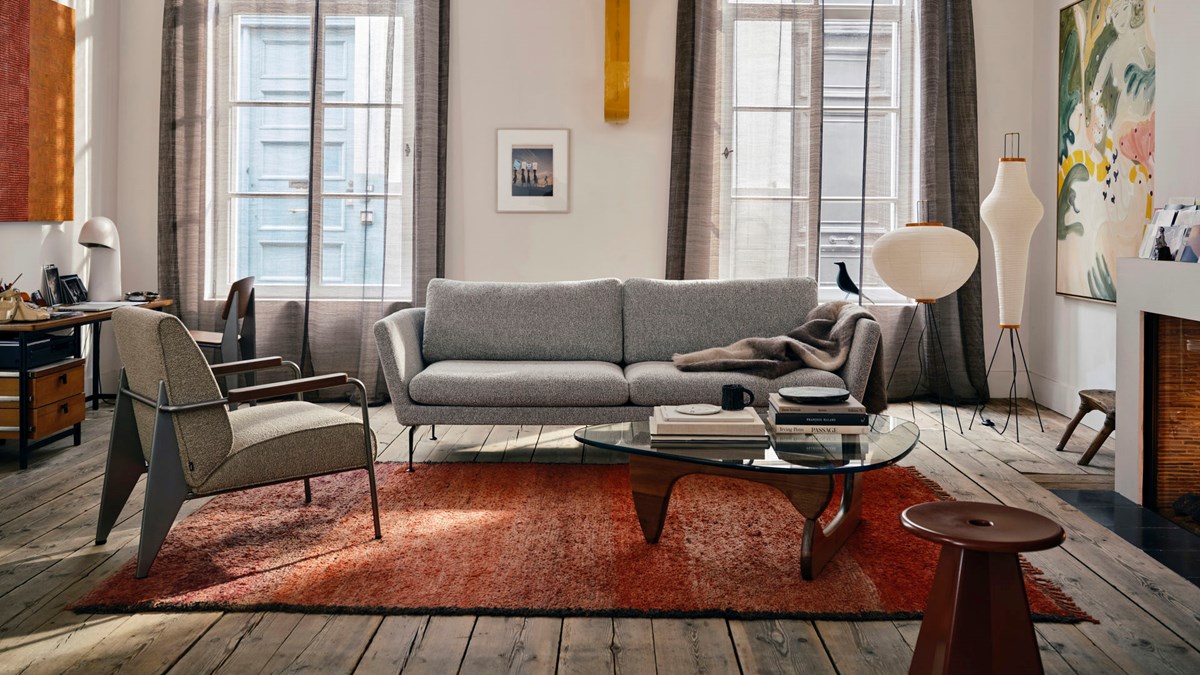The Noguchi Coffee Table is one of the most iconic pieces of mid-century modern furniture ever created. Designed in 1947 by the Japanese-American artist and designer Isamu Noguchi, this elegant table is more than just a surface to rest your books or coffee—it’s a sculptural masterpiece that brings harmony, balance, and understated sophistication to any interior.
Blending organic form with functional design, the Noguchi Table has earned its place in the pantheon of modern classics. It’s beloved by architects, designers, and homeowners alike for its simplicity, craftsmanship, and timeless aesthetic. To get more details, visit here https://www.keeksdesign.com/product-category/collection/noguchi-coffee-table-replica/.

The Story Behind the Design
Isamu Noguchi: Sculptor Turned Designer
Isamu Noguchi was first and foremost a sculptor. His deep appreciation for form, balance, and materiality found expression in everything from massive stone carvings to delicate paper lanterns. His background in sculpture heavily influenced his approach to furniture design, most notably in the Noguchi Coffee Table.
In 1944, Noguchi was commissioned by Herman Miller to design a table that was both artistic and practical. The result, released in 1947, was a table composed of just three elements: a thick, curved glass top and two interlocking pieces of wood forming the base. This deceptively simple structure reflected Noguchi’s belief that "everything is sculpture"—even a coffee table.
A Balance of Geometry and Nature
What makes the Noguchi Coffee Table so compelling is its sense of balance—both literally and visually. The base, often made from solid wood such as walnut, ash, or ebony-stained birch, is a sculptural form that supports the top without the need for screws or hardware. The glass top itself is an irregular, biomorphic triangle, offering a sense of movement and softness that contrasts beautifully with the grounded, geometric base.
This blend of organic and architectural elements reflects Noguchi’s influences—from Japanese aesthetics and Zen philosophy to the principles of modernism. It’s a table that doesn’t just exist in a room—it interacts with it.
Why the Noguchi Table Remains a Design Icon
Timeless Aesthetic Appeal
One of the most remarkable aspects of the Noguchi Coffee Table is its ability to feel both contemporary and classic. Even more than 75 years after its debut, the design remains relevant in today’s homes, often used in modern, minimalist, or Scandinavian-inspired interiors. Its visual lightness, due to the glass top, makes it a favorite in small spaces or open-plan living rooms where flow and transparency are important.
The table’s minimalist yet artistic form fits seamlessly into a wide range of décor styles, adding a sculptural touch without overpowering the room. Whether surrounded by leather seating, fabric sectionals, or mid-century accent chairs, the Noguchi Table brings cohesion and elegance.
Functional Beauty
Though it is undeniably beautiful, the Noguchi Table is also functional. Its low profile makes it ideal for lounging and casual gatherings, while the sturdy glass top offers ample surface area for drinks, books, or decorative objects. The curved edges of the top make it especially appealing in homes with children or pets, as they eliminate sharp corners without compromising style.
Furthermore, its durable construction—typically using ¾-inch thick tempered glass—ensures that it can stand up to daily use while maintaining its aesthetic integrity.

Choosing a Replica vs. the Original
Authentic vs. Inspired Designs
As with many iconic furniture pieces, the Noguchi Coffee Table has inspired countless replicas. The original is still manufactured and sold by Herman Miller and authorized retailers, often featuring a signature and certificate of authenticity. These versions are investment pieces, crafted with premium materials and impeccable precision.
However, high-quality replicas are widely available and can offer the same visual impact at a fraction of the cost. While they may differ slightly in dimensions, materials, or finishes, many modern reproductions stay true to Noguchi’s original vision. When purchasing a replica, it’s important to look for quality craftsmanship—solid wood bases, properly shaped glass tops, and stable construction.
Where It Belongs in Your Space
Whether you opt for an original or a well-made replica, the Noguchi Coffee Table is a versatile choice that suits a variety of settings. It works beautifully as a central piece in a living room, in reading lounges, or even in upscale office waiting areas. Paired with neutral tones, natural textures, and thoughtful lighting, it becomes a quiet statement that elevates the entire space.
Conclusion: A Legacy of Living Sculpture
The Noguchi Coffee Table stands as a testament to the power of design to transcend utility and enter the realm of art. It’s not just a piece of furniture—it’s a conversation between material, space, and the people who live with it. With its sculptural base, fluid lines, and enduring appeal, the Noguchi Table remains one of the most beloved designs of the modern era.
Whether you're a seasoned design enthusiast or someone looking to invest in a timeless piece for your home, the Noguchi Coffee Table offers more than just function—it offers beauty, balance, and a piece of living sculpture you’ll appreciate for years to come.





.jpg)
Comments